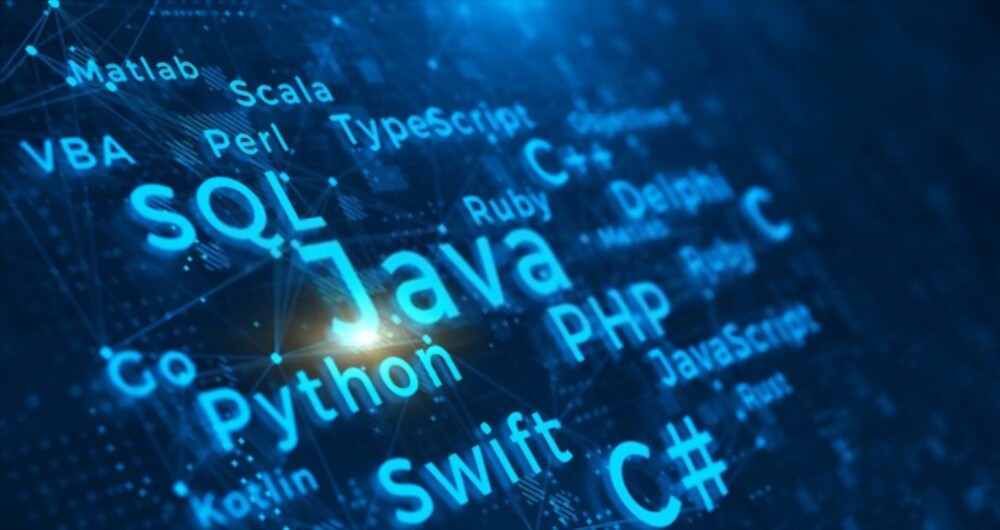Are you looking to create a cutting-edge web application that offers a seamless user experience and high performance on any device? Then Progressive Web Apps (PWA) with Full Stack Development is the thing for you.
PWA offers a revolutionary approach to web application development that combines the best of both worlds: the reach and accessibility of the web and the rich user experience of native mobile apps. With PWA, you can create fast, reliable, and engaging applications that work on any device, regardless of the platform or browser.
To create a PWA, you need to master the art of Full Stack Development. This approach involves using a combination of front-end, back-end, and database technologies to build robust and scalable web applications. With Full Stack Development skills, you can develop a complete web application from scratch, from the user interface to the server-side logic and data storage. To get started with Full Stack Development and PWA, you must have a solid foundation in web development concepts, programming languages, and frameworks. You can learn these skills by enrolling in a Full Stack Web Developer program from UniKaksha.
Why should you do an FSD course?
There are several reasons why you should consider doing a Full Stack Web Development course, including:
1. High demand: Full Stack Development is a highly sought-after skill in the tech industry, with many companies looking for developers who can build end-to-end web applications.
2. Better job prospects: Learning Full Stack Development can open up new career opportunities and increase earning potential.
3. Versatility: Full Stack Development allows you to work on different parts of the web application development process, from the front end to the back end, giving you a versatile set of skills.
Why should you do it from UniKaksha?
Unikaksha is a leading online learning platform that offers a comprehensive Full Stack Web Developer course taught by industry experts. Here are some reasons why you should consider doing this course from UniKaksha:
1. Comprehensive curriculum: The course covers all the essential concepts, technologies, and frameworks you need to build robust and scalable web applications.
2. Industry-relevant projects: You will work on real-world projects that simulate the challenges you will face in the industry, giving you hands-on experience and a portfolio of work to showcase to potential employers.
3. Personalized support: You will have access to dedicated mentors who will provide customized guidance and support throughout the course, ensuring that you have a smooth learning experience.
In conclusion, building Progressive Web Apps (PWA) with Full Stack Development is a game-changer in the world of web application development. With the right skills and knowledge, you can create fast, reliable, and engaging web applications that work seamlessly on any device. Enrolling in the Full Stack Web Developer course from UniKaksha can help you acquire these skills and take your career to new heights.
About the Author
Sonali is an accomplished Author, Content Writer, Copywriter, and Ghostwriter, known for her ability to create engaging and captivating communications. With over 11 years of experience, she has developed a diverse industry background in Education, Travel, Retail, Events, and Fashion . Quality over quantity is what she firmly believes in. At UniKakhsa, she leads a team of talented technical writers, dedicated to delivering valuable content to readers through our blogs.



